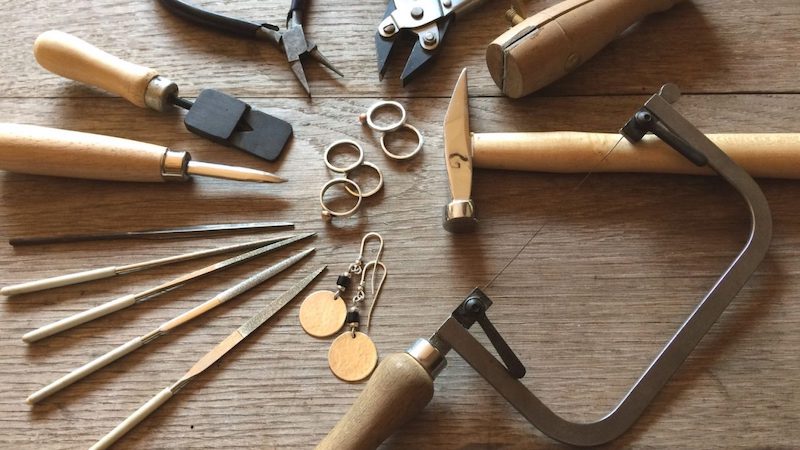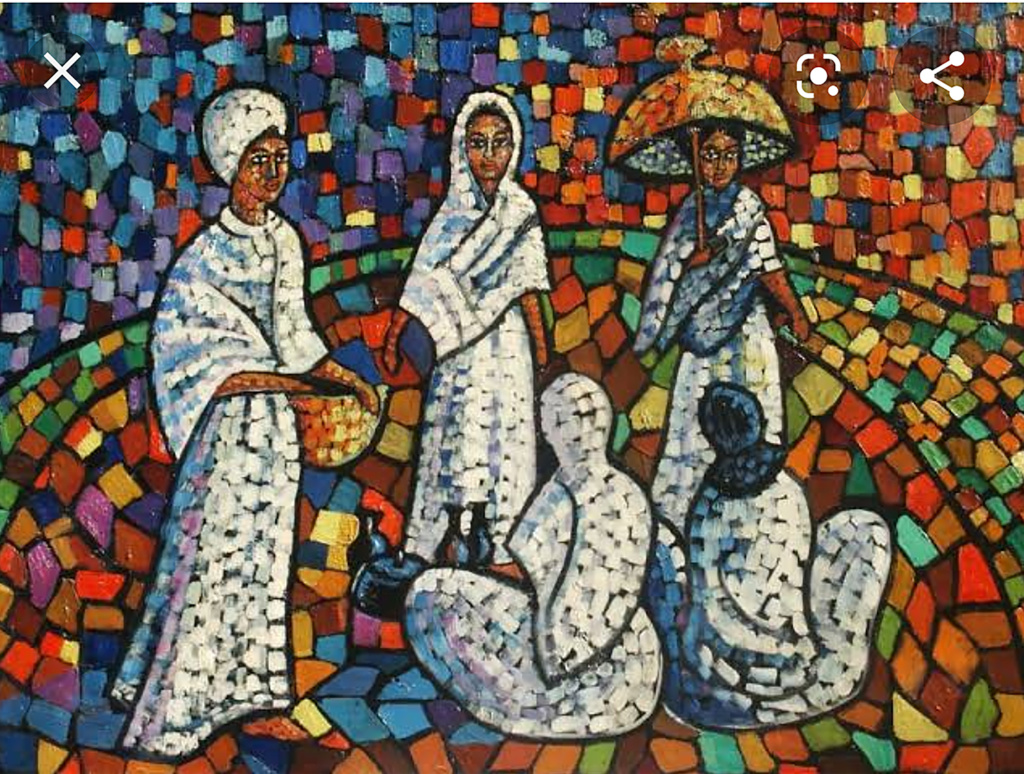Ethiopia is known and appreciated the world over for its exquisite and intricate Crosses representing the centuries old Orthodox faith of the country going back to the preAxumite period. Crosses were first created out of wood, bone, leather and stone. The Falasha Jews, allegedly first practised the art and skill of producing crosses from silver. During the 19th century with the advent of silver coins, village artisans began to produce the traditionally worn cross in silver, beginning with simply carving a cross from the coin itself. However, in most cases the silver was melted down and a cross was then cast in wax thereby creating unique designs and styles. As the tradition evolved and expanded, many different cross designs began to be attributed to specific regions of Ethiopia. To this day certain styles are still identified with certain parts of the country with crosses from Axum, Lalibela, Gondar and Shewa remaining extremely popular. At the invitation of Menelik II, an Armenian goldsmith made the Imperial Crown and thereafter Armenians began introducing their own style and skill of craftsmanship in particular the delicate work of filigree.
Typically today to meet the continued demand for crosses, raw material is collected from different sources including used or damaged silver or old coins mostly from Yemen; sterling and fine silver sheet metal and bar stock (copper and brass included) are also used.
I was privileged to be invited to observe silversmithing in action in a Piassa workshop: After the melting of the raw material, the design is then drawn on paper and placed over the silver or metal and specific shapes are then cut accordingly. Hammers are also used to form the metal at room temperature; as the material is hammered, bent, and worked, it hardens. The design is “burned” into the silver or metal and then has to be smoothed repeatedly until it becomes very fine using hand tools for this detailed task. Once heated by charcoal, modern silversmiths commonly use gas-burning torches as heat sources or even laser beam welding. Finally, once the design is set, the piece of jewelry must be cleaned in a solution of boiling water, lemon and salt several times. Next a hard brush and fine cloth are used for the drying and polishing processes until the finished product is smooth and gleaming and ready to be displayed! If you cannot afford silver or gold, then you can still opt for copper or brass or nickel which are individually crafted.
Particular thanks go to designer/silversmith Mulugeta Behailu who allowed me into his Piassa workshop to observe and photograph artisans performing this delicate and intricate work. His shop specialising in beautiful silver items is located in Haya Hulet in front of St. Gabriel Hospital.
Anne Silver – 0911434238/0911374743



